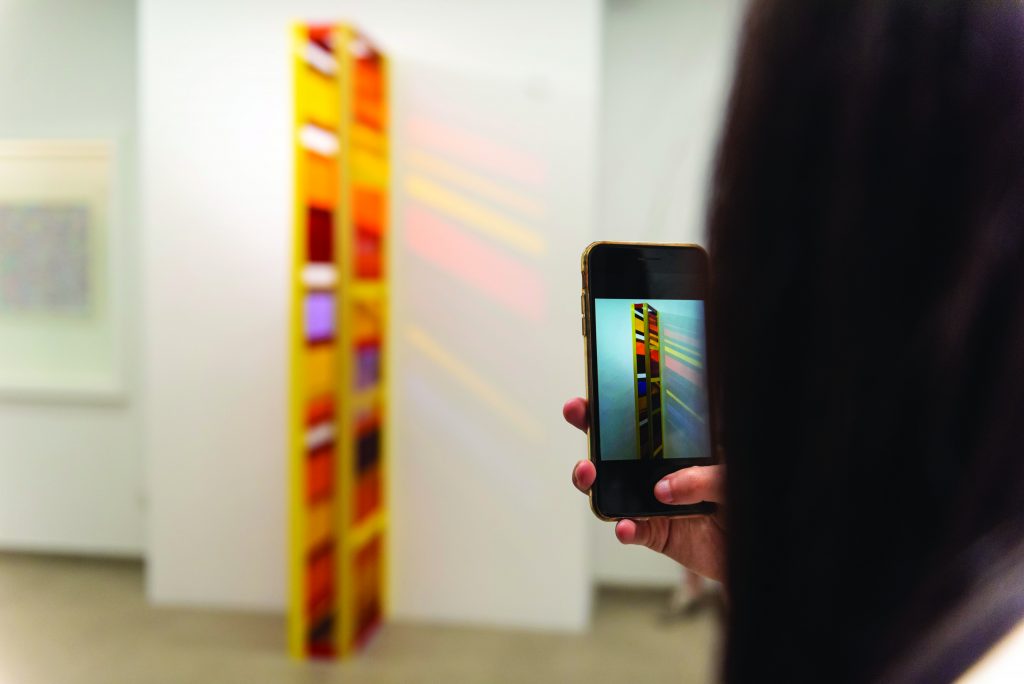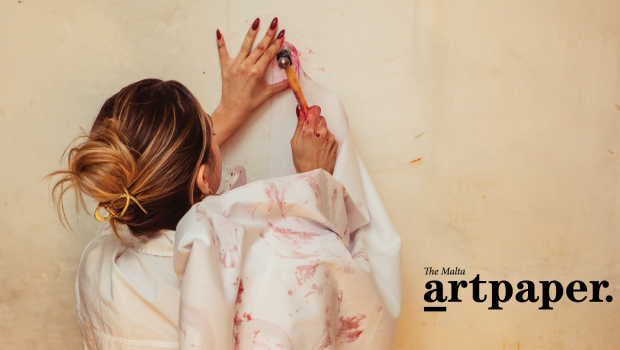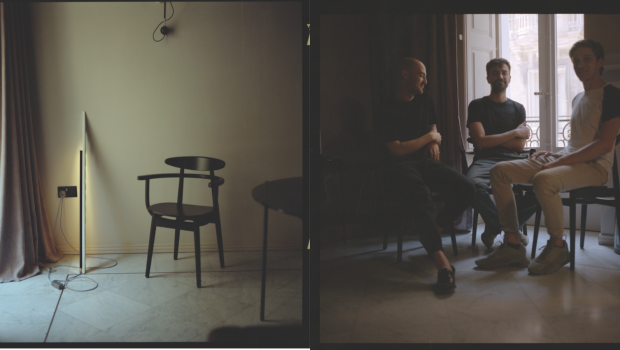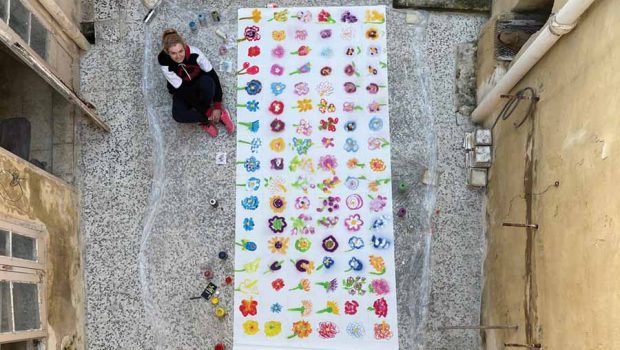Avoiding Cultural Catastrophe
Outlining the current challenges and risks faced by the Maltese art community

“Artists, art professionals, exhibition spaces and galleries in Malta are some of the most severely impacted in the current COVID-19 crisis.”
Set up in challenging times but for a longer mission, the newly established and growing Association – Malta Entertainment Industry and Arts Association (MEIA) – represents hundreds of artists, performers, art professionals and creative industries. The visual arts subcommittee formed by Maria Galea, Elyse Tonna, Lily Agius, Austin Camilleri, Norbert Attard, Sandro Debono and Margerita Pulè dive into the challenges and risks the community is facing, what is needed for it to survive, and above all, recover.
Artists, art professionals, exhibition spaces and galleries in Malta are some of the most severely impacted in the current COVID-19 crisis. While our arts sector is known for its growing talent, its ecology is fragile at the best of times. The sector is highly dependent on the level of government funding – philanthropic, public, and private support are minimal. The current make-up of visual arts funding is almost 80 per cent institutional whilst the rest is earned income, sponsorships, along with a lot of goodwill and volunteerism.
There is an issue here of equality, lack of independent ecology, and I would argue, of appreciated value and respect. To make matters worse, many artists and arts workers supplement their income through projects that take a considerable amount of planning and research, leaving them stranded and not knowing when or if they will go ahead or not.
Internationally established artist Austin Camilleri, member of the visual arts subcommittee, says that his international projects have been either cancelled or postponed and that he is currently working on a series of long-overdue paintings, putting site-specific installations and projects on hold. It is not unusual for a visual artist to have months of drought, but it is the climate of uncertainty that frustrates most. He also noted that, from galleries’ and fellow artists’ experiences, sales have decreased drastically, and project/performance-based artists are being affected most. This will eventually affect the livelihood of full-time practitioners, especially those with families.
The sector moves from one project to the next with no safety net to draw upon. Covid-19 has only further uncovered its vulnerability.
Norbert Attard founder and director of Valletta Contemporary and Meta Foundation, describes how his gallery invests large sums of money each year to bring international artists to our shores. The calendar would be set well in advance and this year was almost entirely cancelled and shut down and will not open until next year.
Galleries and exhibition spaces have particularly suffered from not being able to hold opening nights, which are usually the time where momentum is geared towards sales. Whilst artists cut any possibility of income from the exhibition of their works or from their sale and resale. Also, month-long visibility opportunities for their repertoire that exhibitions normally bring is lost, worsening the impact on visual artists’ already unsteady income. Workshops, installations, and community projects have yet again been cancelled or postponed.
Margerita Pulè stressed on the fact that, “an active, healthy and relevant arts sector is vital to the social and intellectual well-being of any society.”
Elyse Tonna – cultural manager and curator – believes the pandemic has highlighted and further exposed the precarious situation and general attitude towards the cultural and creative sectors. Although these have experienced significant growth over the past ten years, there still seem to be substantial hurdles to overcome. The lack of incentives directed towards these sectors, as well as the slow-paced reaction and recognition that creatives are also contributors to our economy and more importantly our wellbeing, are just a couple of factors that reinforce the notion that the outlook towards the arts and culture should be improved. She recognises that despite this, “the sectors have shown incredible resilience through adaptation, development of innovated systems and more importantly, working together. The sustainability of the cultural and creative sectors is now more than ever highly dependent on the willingness and cooperation of all the contributors and all parts of the cultural ecosystem to come together, discuss, share resources and act.”
A survival plan is important; however, we strongly believe that a recovery plan is what will keep the sector going and aiming for the future. It is not all bad news, and it’s important to recognise the resilience and adaptability of the arts sector at this time, too. This time has enabled the sector to turn our attention to online experiences, these forms of engagement will continue as another route of access to exhibitions, art education, disseminating collections and associated programming. However, innovation and digitalisation of the sector is not for everyone and takes a considerable amount of time, expertise, and financial aid.
Covid-19 has taken away far more than financial stability or cancelled plans, it has affected the artists identity and productivity. For whoever is not aware of an artistic nature, creating is everything and goes beyond any material object.
Our so-called art industry has been in need of new policies to enable the ecology to grow sustainably for years. This now goes beyond being a need, it is probably the only solution. How can we encourage the private sector to be a collaborator in this industry? How is the government helping spaces to survive and encourage the growth of more space and creative industries? How will students study the arts if they have no jobs waiting for them once they finish their degrees? One needs to start off by having the sector well recognised as an industry. The importance and relevance of our sector has been undermined for too long, and this pandemic has continued to highlight the situation.
Adding to the dire situation, the economic consequences of the Covid-19 crisis will deal unprecedented damage to the livelihood of Malta’s visual arts scene. Many may be pushed to abandon their artistic occupation and opt for different economic sectors, whereas others may need to downgrade their artistic activity or businesses, with a subsequent damage to the number and diversity of works being produced, and the progress that has been created over the past 20 years. It is therefore necessary that policymakers at all levels do whatever it takes to avoid a cultural catastrophe.








